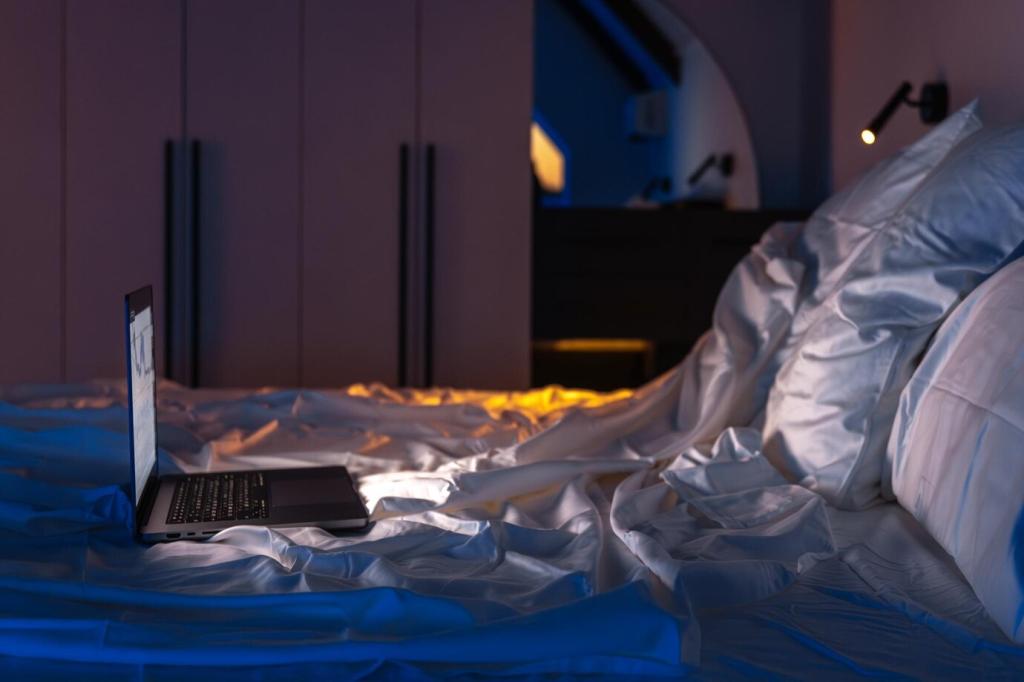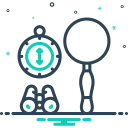
The Benefits of Napping for Recovery
Chosen theme: The Benefits of Napping for Recovery. Welcome to a gentle, science-savvy space where brief daytime sleep becomes your small-but-mighty reset for body and mind. Explore smarter nap strategies, real stories, and practical tools. Share your nap wins, ask questions, and subscribe for ongoing recovery insights.
Why Naps Accelerate Recovery
Your nervous system’s reset button
A well-timed nap nudges your body toward parasympathetic dominance, easing heart rate and tension while guiding breath into a calmer rhythm. This shift helps you exit fight-or-flight mode, preserving energy for recovery. If you notice fewer afternoon crashes, share your experience so others can calibrate their own restorative break.


Hormones, memory, and cellular repair
Deeper stages of a nap can include brief slow-wave sleep, which is linked to memory consolidation, synaptic recalibration, and recovery-friendly hormone patterns. While most repair happens overnight, even short daytime sleep can complement healing. What did your last productive nap feel like—lighter legs, clearer mind, steadier mood? Describe it below.
Finding the Perfect Nap Length
A brief, light-stage nap lifts alertness and reaction time without heavy grogginess. Think of it as a mental polish rather than a full tune-up. Set a timer, keep lights low, and finish before deep sleep begins. If this quick reset helps your training quality or focus, drop a note about your routine.

Finding the Perfect Nap Length
This range can tap early slow-wave sleep, supporting learning, immune function, and emotional steadiness—useful during intense training blocks or study sprints. You may wake groggy, so allow a gentle ramp-up. Try gentle stretching afterward. Let us know how this window affects soreness, decision-making, and post-nap motivation.



Mind, Mood, and Burnout Recovery
Calm the stress loop
Short daytime sleep can reduce perceived stress and support vagal tone, helping your body relearn relaxation between demands. Pair a nap with slow exhales or a brief body scan. If you notice fewer afternoon cravings or less reactivity, jot down your approach so others can build a kinder, calmer afternoon ritual.
Sharper thinking and steadier emotions
Even a quick nap can brighten attention, working memory, and emotional balance. Many people return to their desks more patient and creative, turning problems into solvable puzzles. Track mood before and after for a week. Then post what you discover—time of day, duration, or environment tweaks that mattered most.
When naps feel hard
If falling asleep is tricky, try micro-rest: five quiet minutes with eyes closed, slowed breathing, and a supportive posture. Sometimes that’s enough to ease tension and begin recovery. Build gradually, protect nights, and consult a clinician if sleep issues persist. Share your starter strategies so beginners feel encouraged, not pressured.
Design Your Ideal Nap Environment
Light, sound, and temperature
Aim for dim light, gentle white noise, and a cool room around sixty-five to sixty-eight degrees Fahrenheit. An eye mask and breathable blanket help. Consider a consistent scent, like lavender, to cue relaxation. If one detail made the difference for you, share it so others can craft a reliable, restorative setup.
Office and travel hacks
Use a hoodie as an eye mask, a folded scarf for lumbar support, and pink noise through earbuds. A travel pillow can reduce neck strain in a chair nap. Even ten minutes helps between meetings. What’s your stealth nap method on busy days? Drop a tip fellow travelers or office workers can try tomorrow.
Build a pre-nap ritual
Keep a repeatable routine: close tabs, set a timer, dim lights, write one line about what can wait, then breathe slowly for a minute. Rituals teach your brain that rest is safe and productive. Share your most calming step and subscribe for upcoming ritual templates tailored to different recovery goals.
Timing, Caffeine Naps, and Consistency
Most people feel a natural dip between one and three p.m., making this window ideal for quick naps that do not disrupt bedtime. Keep naps earlier and consistent, especially on high-demand days. Track results for two weeks, then share your best time-of-day for recovery in the comments so others can calibrate.

